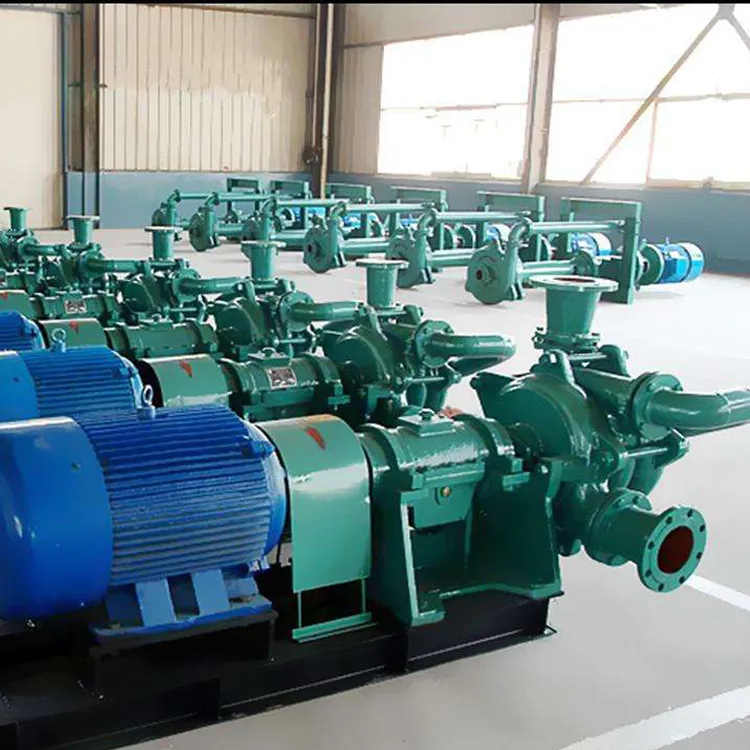kazakh
- Afrikaans
- Albanian
- Amharic
- Arabic
- Armenian
- Azerbaijani
- Basque
- Belarusian
- Bengali
- Bosnian
- Bulgarian
- Catalan
- Cebuano
- Corsican
- Croatian
- Czech
- Danish
- Dutch
- English
- Esperanto
- Estonian
- Finnish
- French
- Frisian
- Galician
- Georgian
- German
- Greek
- Gujarati
- Haitian Creole
- hausa
- hawaiian
- Hebrew
- Hindi
- Miao
- Hungarian
- Icelandic
- igbo
- Indonesian
- irish
- Italian
- Japanese
- Javanese
- Kannada
- kazakh
- Khmer
- Rwandese
- Korean
- Kurdish
- Kyrgyz
- Lao
- Latin
- Latvian
- Lithuanian
- Luxembourgish
- Macedonian
- Malgashi
- Malay
- Malayalam
- Maltese
- Maori
- Marathi
- Mongolian
- Myanmar
- Nepali
- Norwegian
- Norwegian
- Occitan
- Pashto
- Persian
- Polish
- Portuguese
- Punjabi
- Romanian
- Russian
- Samoan
- Scottish Gaelic
- Serbian
- Sesotho
- Shona
- Sindhi
- Sinhala
- Slovak
- Slovenian
- Somali
- Spanish
- Sundanese
- Swahili
- Swedish
- Tagalog
- Tajik
- Tamil
- Tatar
- Telugu
- Thai
- Turkish
- Turkmen
- Ukrainian
- Urdu
- Uighur
- Uzbek
- Vietnamese
- Welsh
- Bantu
- Yiddish
- Yoruba
- Zulu
Telephone: +86 13120555503
Email: frank@cypump.com
Там . 21, 2024 07:00 Back to list
Guide to Choosing the Right Sump Pump for Your Septic Tank System
Understanding Septic Tank Sump Pumps A Comprehensive Guide
Managing a septic system is essential for homeowners in areas without access to public sewage treatment. While septic tanks help in processing wastewater, they sometimes require additional support from sump pumps to ensure proper functionality. This article covers the key features, functions, and maintenance of septic tank sump pumps, highlighting their importance in maintaining a healthy and efficient septic system.
What is a Septic Tank Sump Pump?
A septic tank sump pump is a submersible pump designed to remove excess water and waste from a septic tank or drainage system. This device is especially useful in situations where the tank is located in a low-lying area or when the groundwater level is high. The primary function of the sump pump is to prevent the septic system from flooding and to maintain optimal performance.
How Does a Sump Pump Work?
The sump pump is typically installed at the lowest point of the septic tank or the sump pit. When the water level rises to a certain threshold, the pump's float switch activates the motor, which then pumps out the excess water. This process helps to keep the septic tank functioning effectively and minimizes the risk of system overload.
Most sump pumps run on electricity; some also come equipped with battery backup systems to maintain operation during power outages. This redundancy is crucial in ensuring that wastewater is continually being managed, especially during heavy rainfall or storms.
Importance of Sump Pumps in a Septic System
1. Preventing Overflows The primary role of a sump pump is to prevent overflow in the septic tank. If the water level gets too high, the system can back up, leading to sewage spills and environmental damage.
2. Extending System Longevity By managing water levels effectively, sump pumps help extend the life of the septic system. This reduces the frequency and cost of repairs or replacements.
3. Improving Drainage A sump pump aids in proper drainage, especially in areas prone to flooding. It helps keep the drain fields dry, ensuring that wastewater can be absorbed efficiently into the ground.
septic tank sump pump

4. Maintaining Hygiene Regular operation of a sump pump helps maintain a sanitary environment by preventing wastewater stagnation, which can attract pests and create foul odors.
Maintenance Tips for Septic Tank Sump Pumps
To ensure optimal performance of your sump pump, regular maintenance is essential. Here are some tips
- Routine Inspections Check the sump pump periodically for any signs of wear or damage. Look for rust, loose connections, and debris that may hinder operation.
- Clean the Filter If your sump pump has a filter, it should be cleaned regularly to ensure it operates efficiently.
- Test the Pump Perform a manual test of the pump by pouring water into the sump pit to ensure it activates properly.
- Check Float Mechanism Ensure that the float switch moves freely and does not get stuck. This component is critical for the automatic operation of the pump.
- Professional Servicing Consider scheduling regular professional inspections to catch any potential issues early.
Conclusion
In conclusion, a septic tank sump pump is an invaluable component of a septic system, especially in areas with high water tables or poor drainage. Its ability to manage excess water prevents system overload and environmental hazards while promoting longevity and efficiency. By adhering to routine maintenance practices, homeowners can ensure that their sump pumps operate smoothly, contributing to a well-functioning septic system and a healthy living environment. Whether you're considering installing a sump pump or looking to improve your septic system's performance, understanding its function and maintenance is the key to success.
-
ISG Series Vertical Pipeline Pump - Chi Yuan Pumps Co., LTD.|High Efficiency, Energy Saving, Low Noise
NewsJul.30,2025
-
ISG Series Vertical Pipeline Pump- Chi Yuan Pumps|High Efficiency&Low Noise
NewsJul.30,2025
-
ISG Series Vertical Pipeline Pump-Chi Yuan Pumps Co., LTD.|High Efficiency&Energy Conservation
NewsJul.30,2025
-
ISG Series Vertical Pipeline Pump - Chi Yuan Pumps Co., LTD.|Advanced Hydraulic Design&Energy-Efficient Solutions
NewsJul.30,2025
-
ISG Series Vertical Pipeline Pump - Chi Yuan Pumps Co., LTD.
NewsJul.30,2025
-
ISG Series Vertical Pipeline Pump - Chi Yuan Pumps Co., LTD.|energy-efficient fluid handling&industrial durability
NewsJul.30,2025










